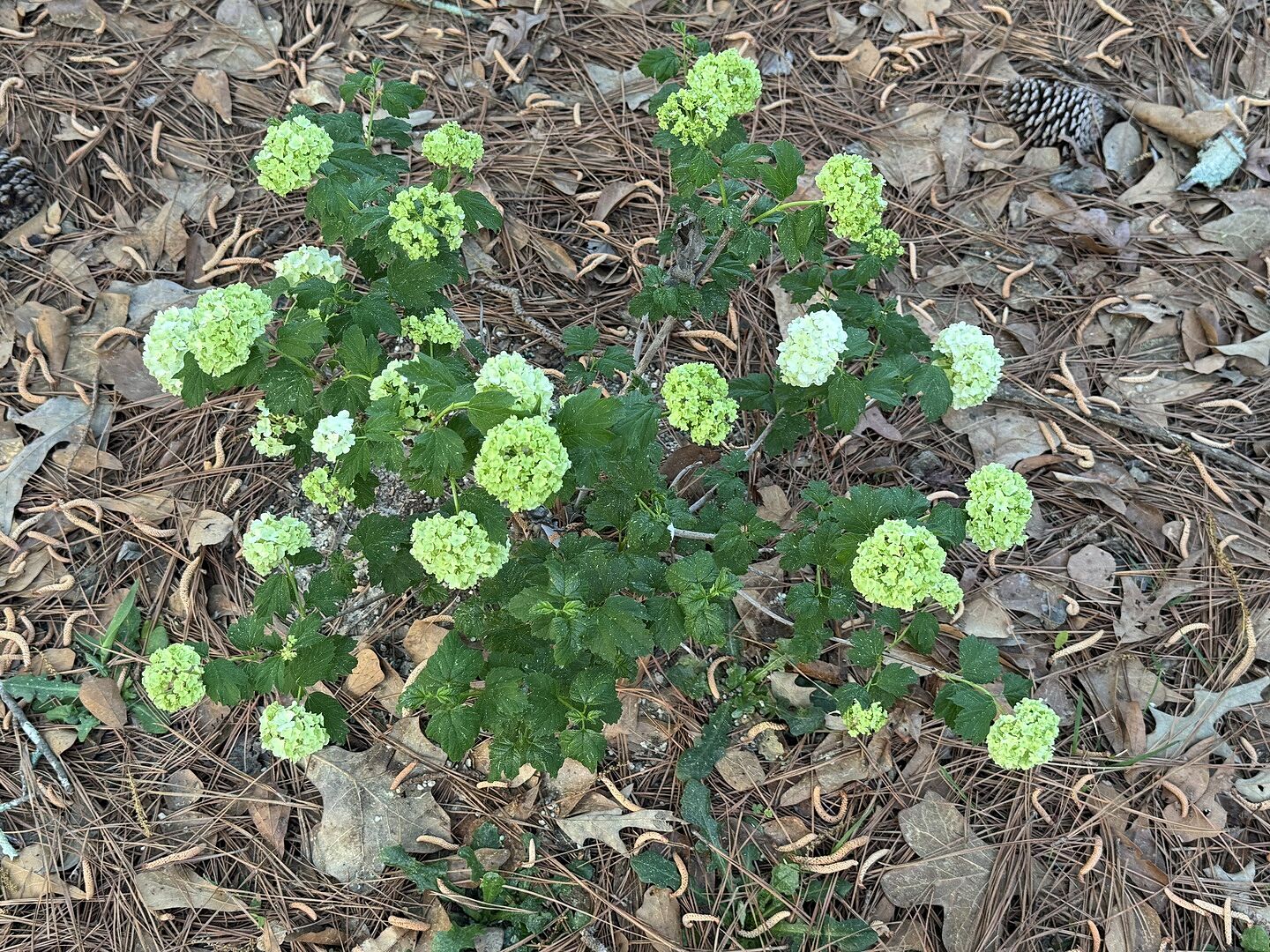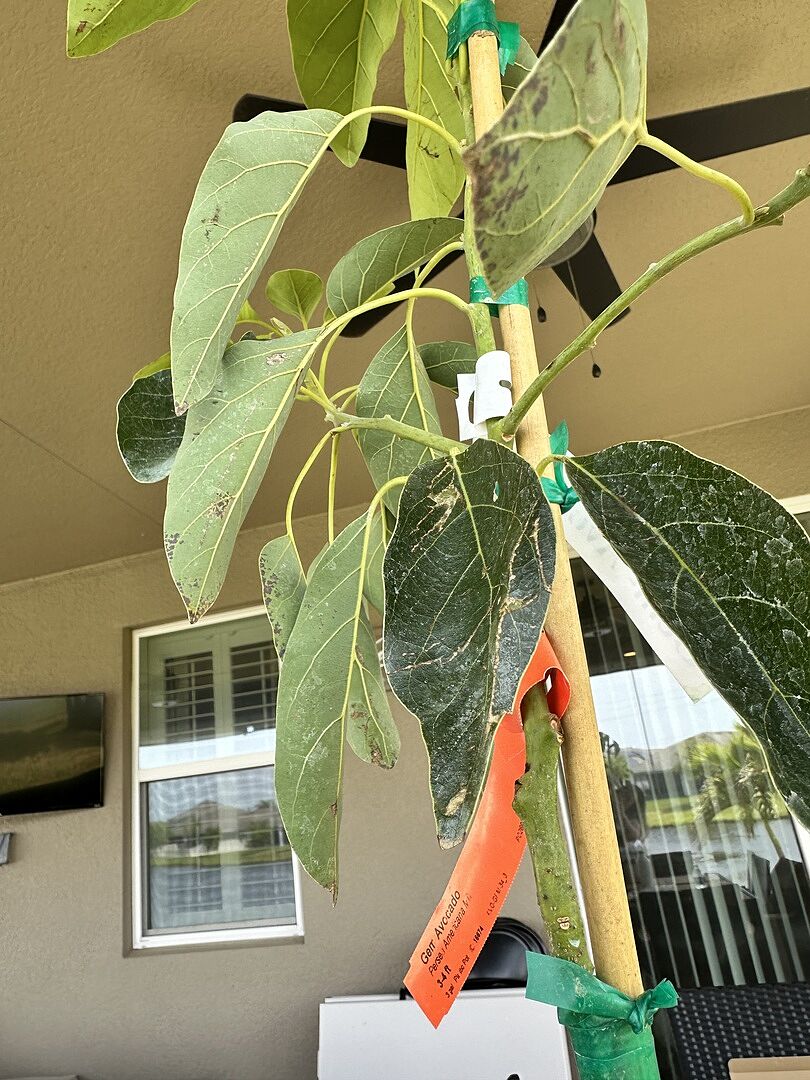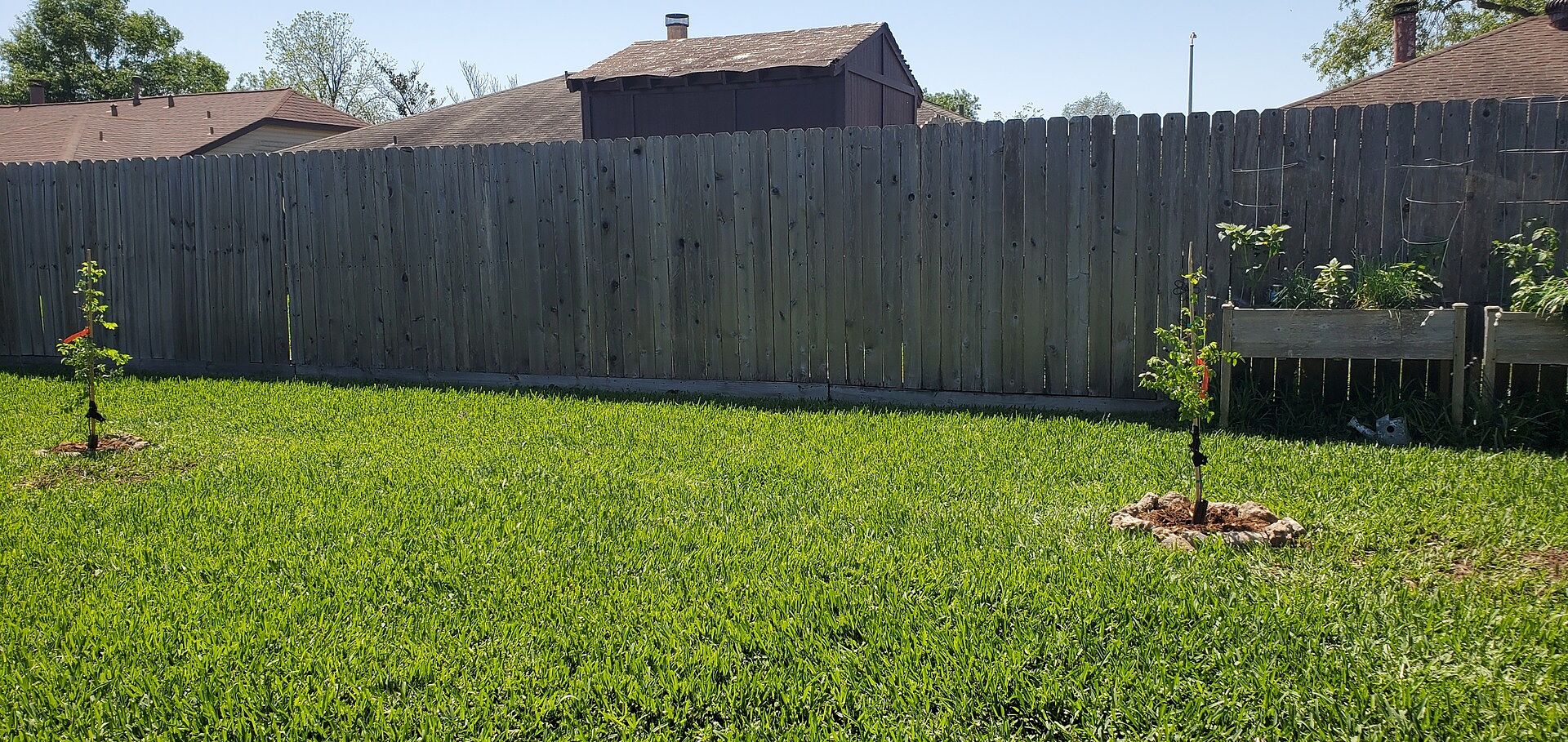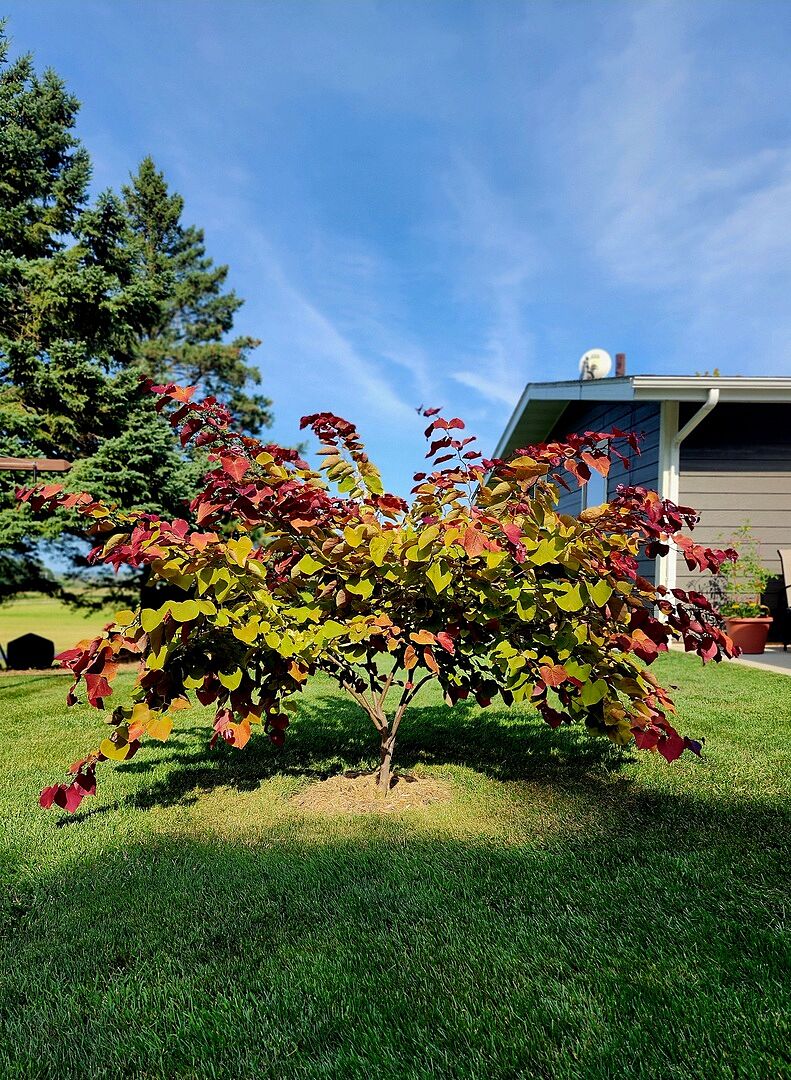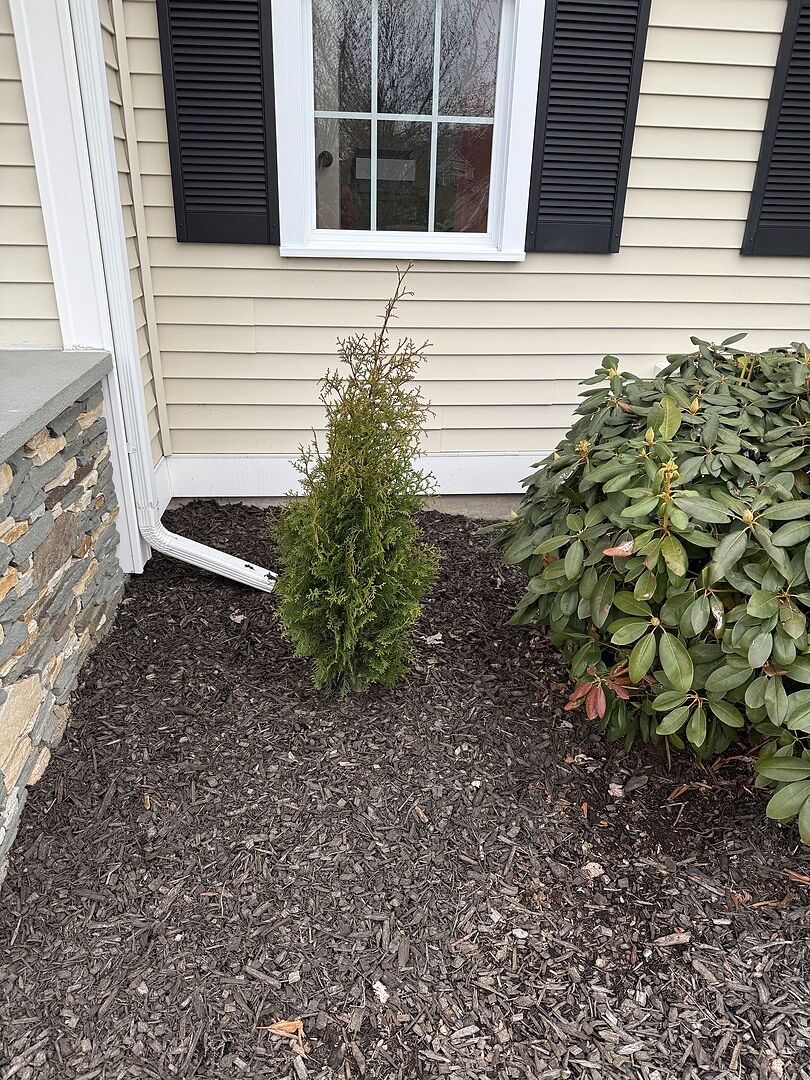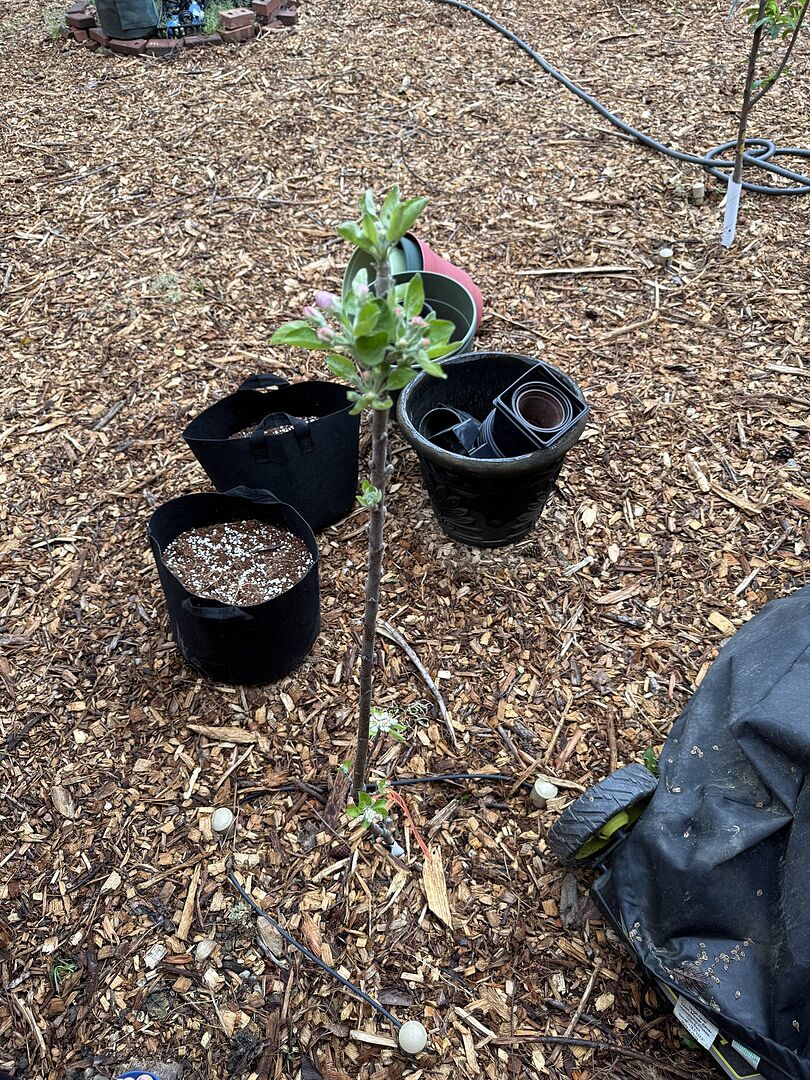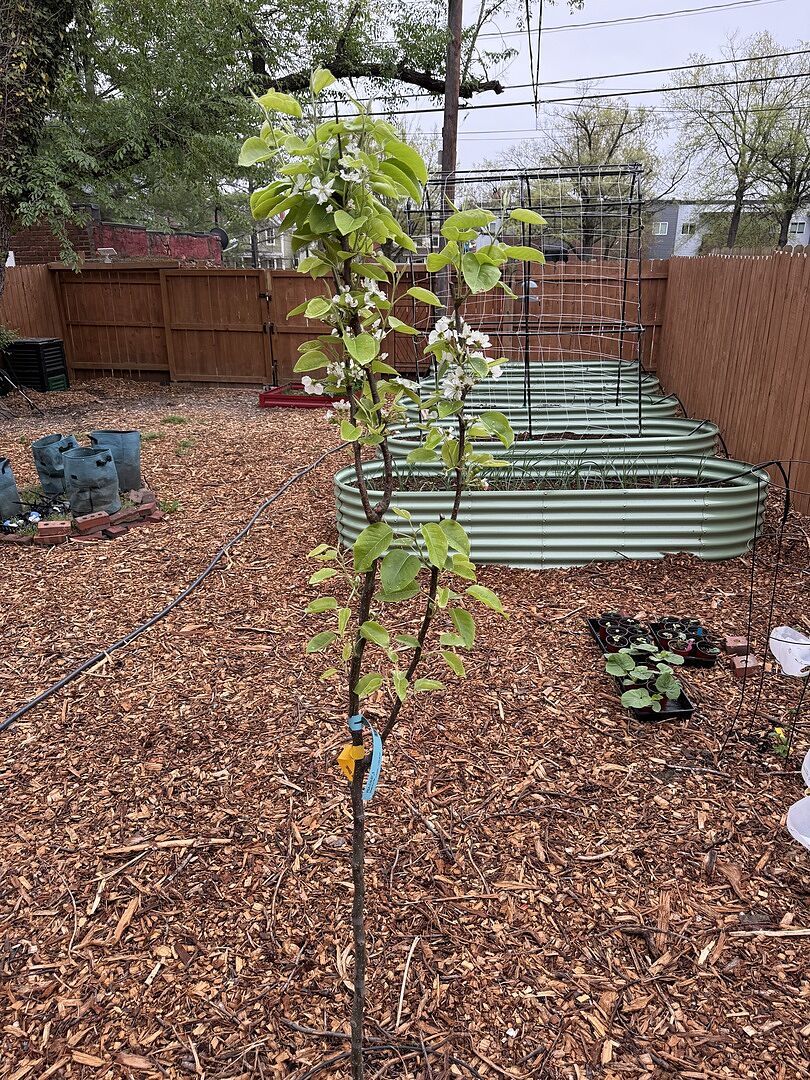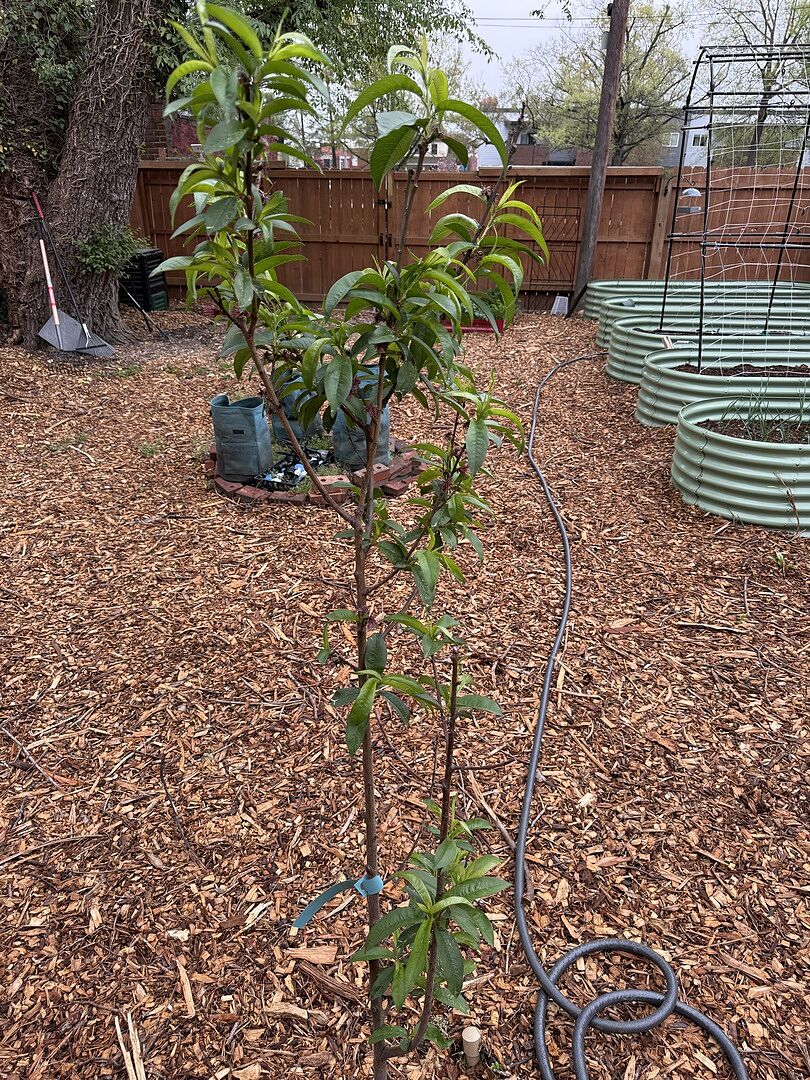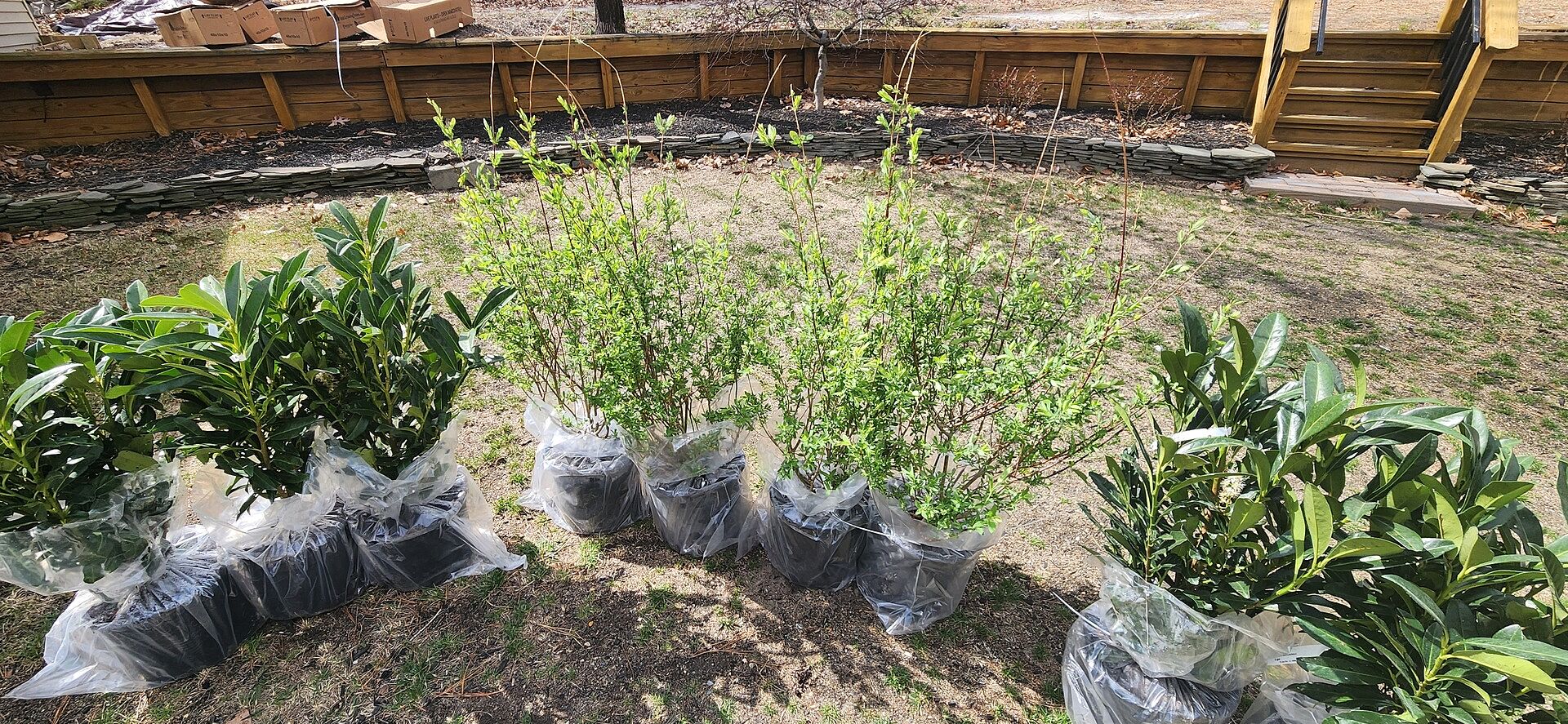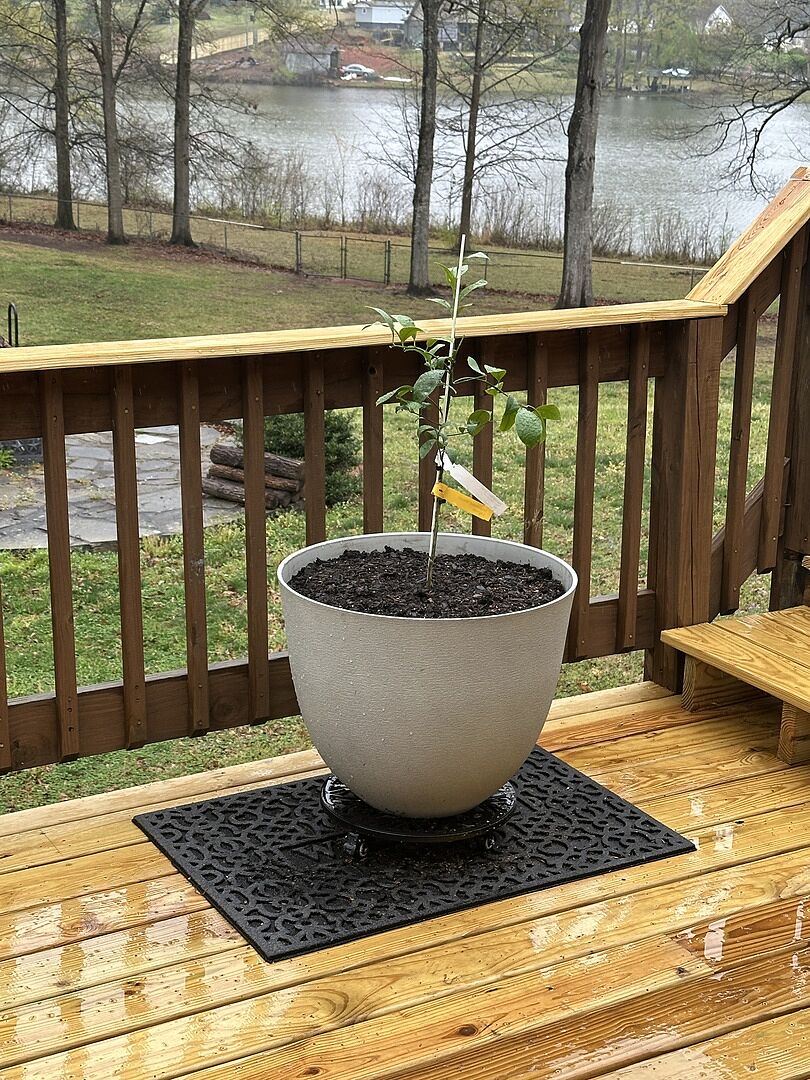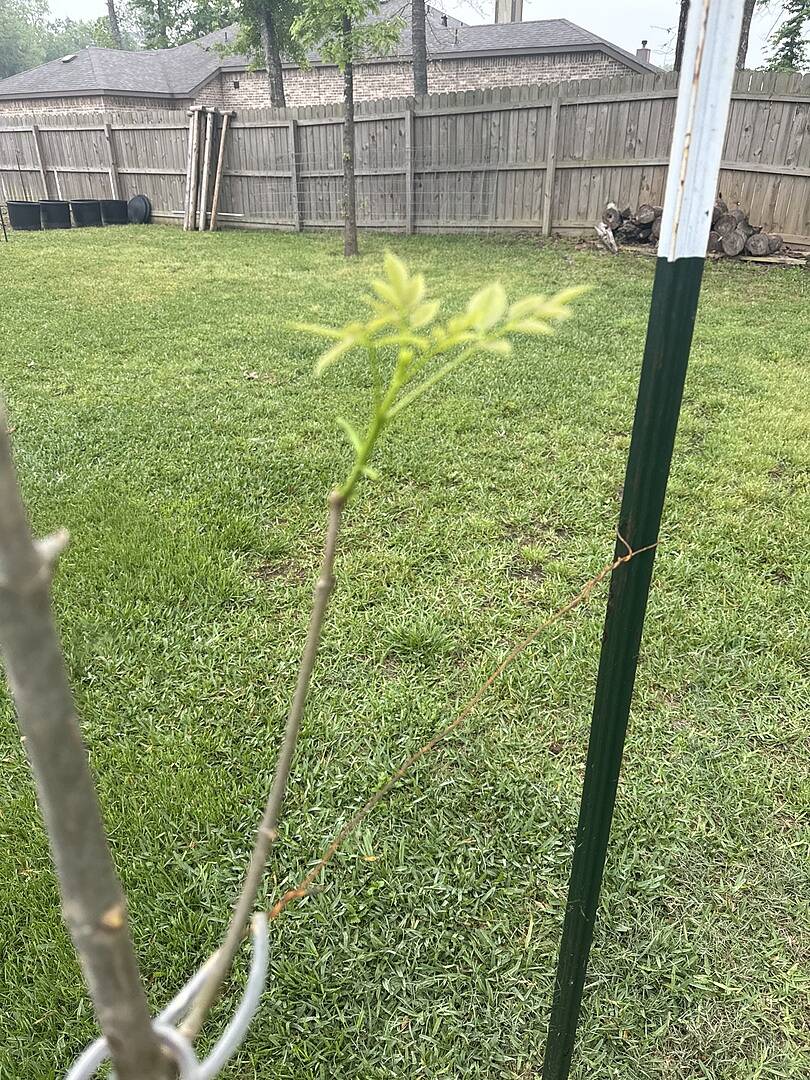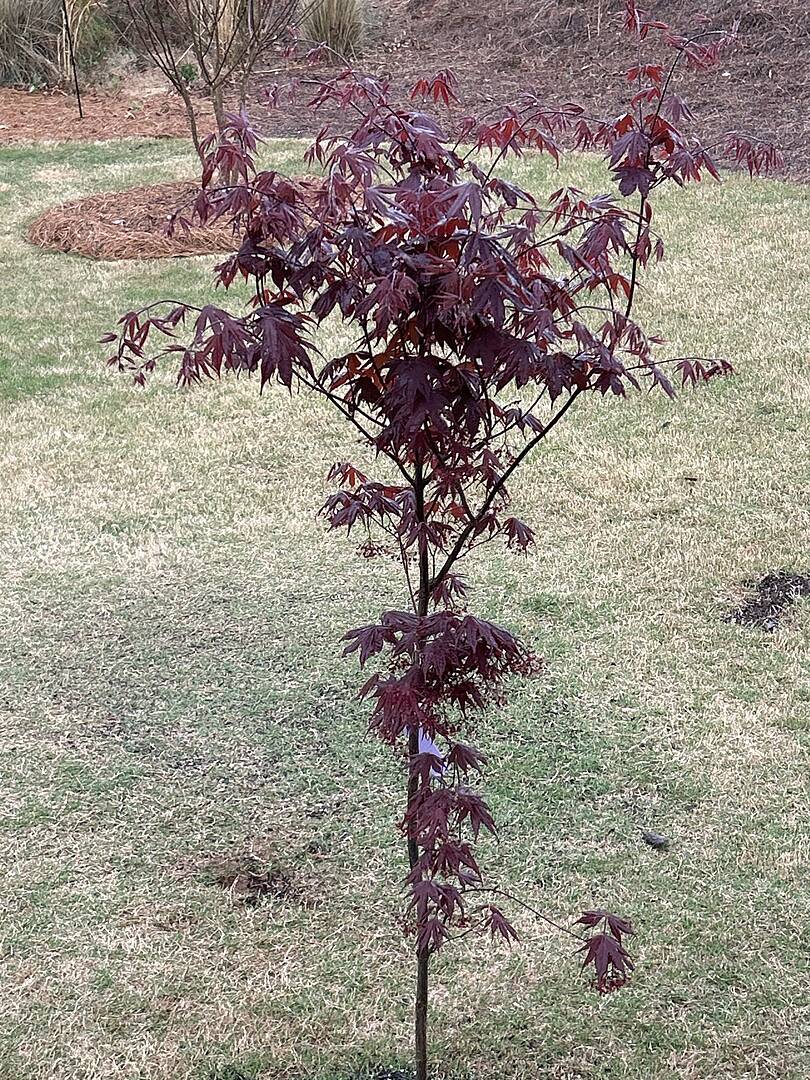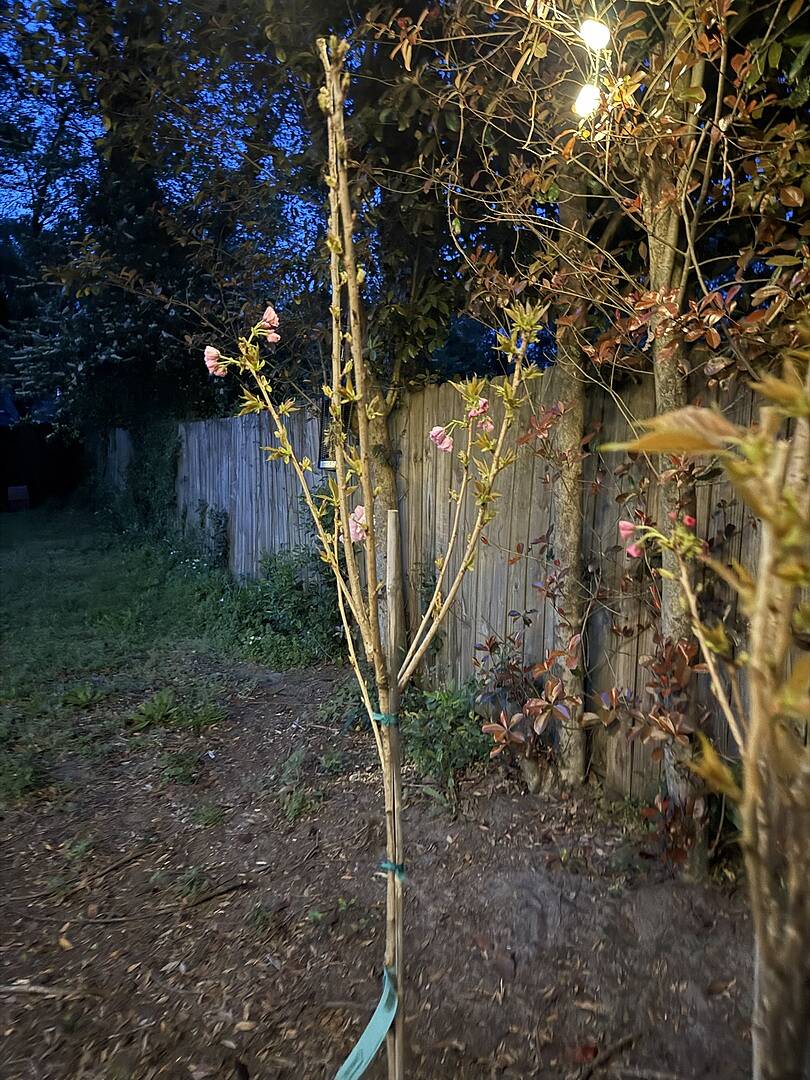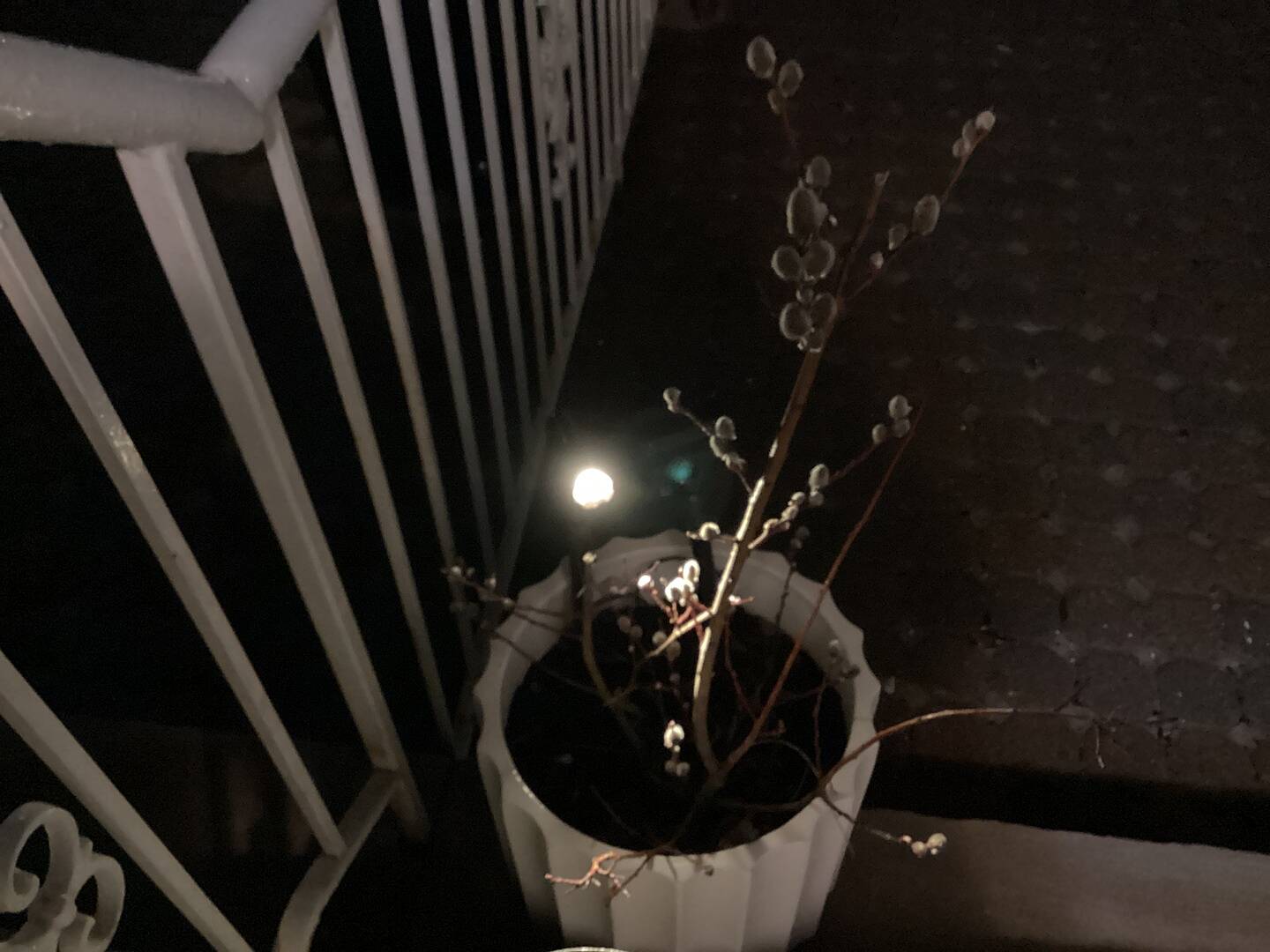Maple Trees
Only items for my growing zone
Zone -
Collection Results
Striking, colorful fall foliage.
Maple Trees have vibrant hues of fiery red, electric orange, and calming yellow. Known best for its tasty syrups, building furniture and much more, the Maple Tree is the perfect option for a guaranteed showstopper during the fall.
From Sugar Maples to Japanese Maples, the maple tree is the ideal way to add blazing fall color to your landscape. Learn more about maple trees and different species below:
Where do Maple Trees Grow?
You should plant your Maple Tree in an area that gets full to partial sun. We suggest that you plant in an area that gets 3 to 6 hours of sun daily, preferably in the morning or early afternoon when the sun isn’t too harsh. And as always, well-drained soil is ideal for your Maple Trees.
How and When to Plant Maple Trees
Dig a planting hole for your maple that is three to four times the width of your tree’s root ball and equal depth. Remove your maple from its container and ensure root moisture. Place your tree in the planting hole, keeping the top of the root ball even with the ground. Spread the roots out evenly and surround them with dirt to avoid air pockets, which can dry out the roots of your tree. Fill a small amount of the soil into the hole to maintain the tree’s upright position, and water thoroughly. Once the water has absorbed into the root ball and surrounding soil, fill the remaining soil into the planting hole. Pack firmly and water a second time.
Generally, we recommend planting in the early spring or fall. But both seasons are fine, as long as there's no threat of frost to freeze the ground.
How to Prune Maple Trees
Pruning your Maple Tree is very important. Because this tree grows so tall, dead branches can be a safety hazard to all. Make sure to prune your tree during the winter, when the tree is dormant because it will promote new growth.
Make your cuts at a 45-degree angle using clean, sterilized pruning shears. And ensure you remove competing branches as well as weaker branches. Sunlight should penetrate your tree's canopy for the healthiest growth.
How to Identify Maple Trees
It's a common misperception that the foliage of all maple trees turns red. Some have a more orange or yellow color, like the Celebration Maple and the October Glory. If you’re looking for bright red foliage, try our Autumn Blaze Red Maple.
Why Do Maple Trees Change Color?
Many are not aware of this, but there are a few factors that come into play when it comes to your foliage turning red. For instance:
- If the weather is too warm, especially at nighttime, the membrane will not grow and the leaves will not turn red.
- If it is not planted in a sunny location, the red fall foliage won’t form.
- If the tree is 3 years old or younger, it is very common to not turn colors right away.
- Too much fertilization. Maples do not need fertilizer right away.
- Poor soil conditions. Getting your soil tested can help in determining why the red color is not producing.
Types of Maple Trees
Maple Trees have strong roots that allow it to resist ice damage and high winds. Because of its powerful roots, this tree can live for hundreds of years! Take a look below to see which tree works best for you.
| Variety | Growing Zone | Yearly Growth | Mature Height | Mature Height | Canopy Shape | Root System |
| Chinese Pistache | 6-10 Hardy down to 0 |
2-3 feet | 25-35 feet | 25-35 feet | Spreading | Non Invasive |
| Bihou Japanese | 6-9 Hardy down to 0 |
1-2 feet | 20-25 feet | 15-20 feet | Vase | Strong Fibrous |
| American Red Maple | 4-9 Hardy down to -20 |
2-3 feet | 40-60 feet | 25-45 feet | Oval | Strong Fibrous |
| Autumn Blaze | 3-8 Hardy down to -30 |
3 feet | 40-50 feet | 30-40 feet | Round | Non-Invasive |
| October Glory | 4-9 Hardy down to -20 |
3-5 feet | 40-50 feet | 25-35 feet | Round | Non-Invasive |
| Red Dragon | 5-8 Hardy down to -10 |
1-2 feet | 8-12 feet | 8-12 feet | Oblique | Strong Fibrous |
| Tamukeyama Japanese | 5-8 Hardy down to -10 |
2 feet | 6-8 feet | 8-12 feet | Weeping | Strong Fibrous |
| Coral Bark Japanese | 5-8 Hardy down to -10 |
1-2 feet | 15-25 feet | 10-12 feet | Irregular | Strong Fibrous |
| Sugar Maple | 3-8 Hardy down to -30 |
1-2 feet | 55-75 feet | 30-50 feet | Round | Strong Fibrous |
| Maple Variety: | Chinese Pistache |
| Growing Zone | 6-10 |
| Yearly Growth | 2-3 feet |
| Mature Height | 20-25 feet |
| Mature Width | 15-20 feet |
| Canopy Shape | Vase |
| Root System | Strong Fibrous |
| Maple Variety: | Bihou Japanese |
| Growing Zone | 6-10 (Hardy down to 0) |
| Yearly Growth | 1-2 feet |
| Mature Height | 20-25 feet |
| Mature Width | 15-20 feet |
| Canopy Shape | Vase |
| Root System | Strong Fibrous |
| Maple Variety: | American Red Maple |
| Growing Zone | 4-9 (Hardy down to -20) |
| Yearly Growth | 2-3 feet |
| Mature Height | 40-60 feet |
| Mature Width | 20-45 feet |
| Canopy Shape | Oval |
| Root System | Strong Fibrous |
| Maple Variety: | Autumn Blaze |
| Growing Zone | 3-8 (Hardy down to -30) |
| Yearly Growth | 3 feet or more |
| Mature Height | 40-50 feet |
| Mature Width | 30-40 feet |
| Canopy Shape | Round |
| Root System | Non-Invasive |
| Maple Variety: | October Glory |
| Growing Zone | 4-9 (Hardy down to -20) |
| Yearly Growth | 3-5 feet |
| Mature Height | 40-50 feet |
| Mature Width | 25-35 feet |
| Canopy Shape | Round |
| Root System | Non-Invasive |
| Maple Variety: | Red Dragon |
| Growing Zone | 5-8 (Hardy down to -10) |
| Yearly Growth | 1-2 feet |
| Mature Height | 8-12 feet |
| Mature Width | 8-12 feet |
| Canopy Shape | Oblique |
| Root System | Strong Fibrous |
| Maple Variety: | Tamukeyama Japanese |
| Growing Zone | 5-8 (Hardy down to -10) |
| Yearly Growth | 2 feet |
| Mature Height | 6-8 feet |
| Mature Width | 8-12 feet |
| Canopy Shape | Weeping |
| Root System | Strong Fibrous |
| Maple Variety: | Coral Bark |
| Growing Zone | 5-8 (Hardy down to -10) |
| Yearly Growth | 1-2 feet |
| Mature Height | 15-25 feet |
| Mature Width | 10-12 feet |
| Canopy Shape | Irregular |
| Root System | Strong Fibrous |
| Maple Variety: | Sugar Maple |
| Growing Zone | 3-8 (Hardy down to 30) |
| Yearly Growth | 1-2 feet |
| Mature Height | 55-75 feet |
| Mature Width | 30-50 feet |
| Canopy Shape | Round |
| Root System | Strong Fibrous |


























































